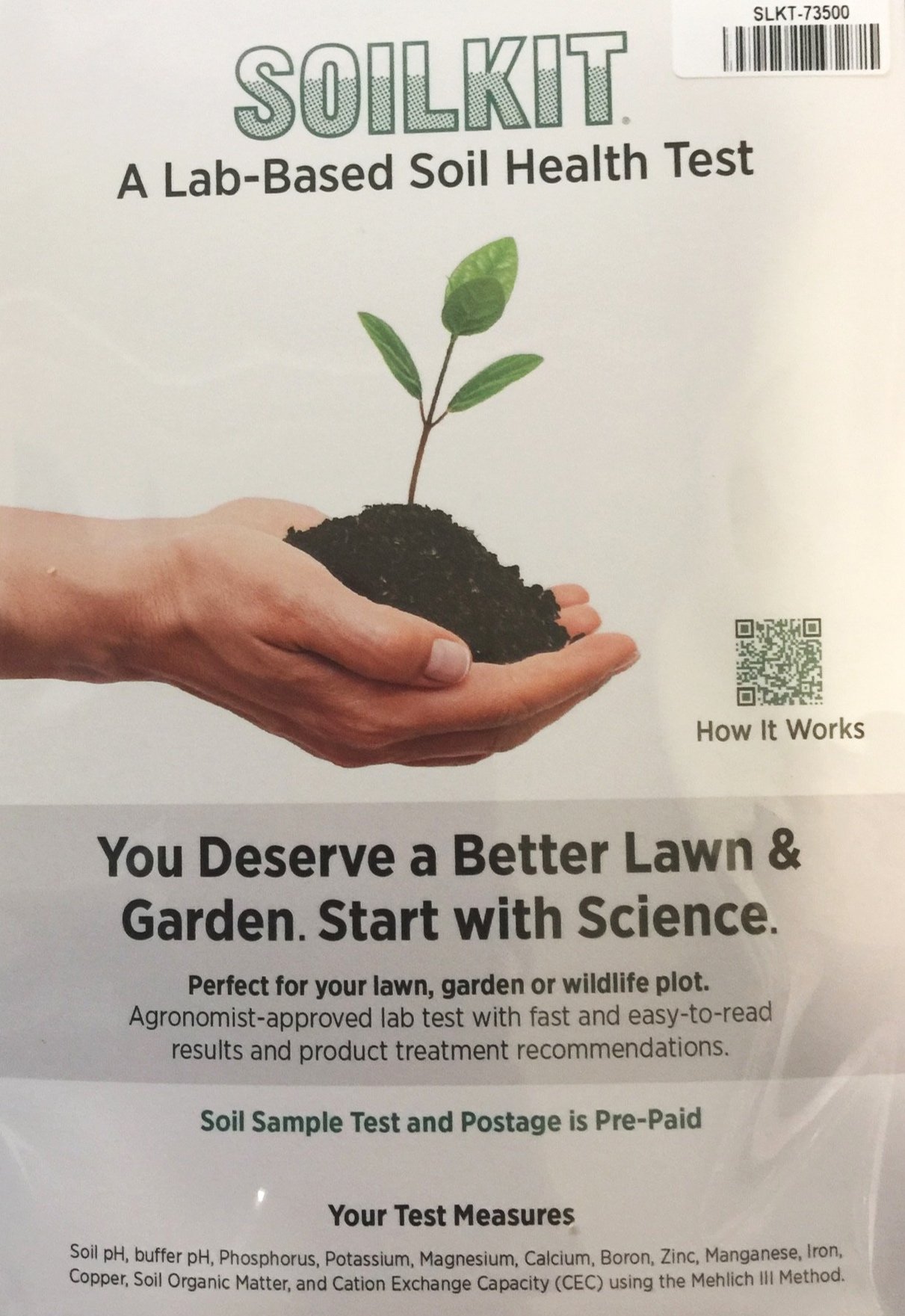Soil Testing
Soil Testing Kit
We are excited to introduce our new soil test kit, SoilKit– a lab-based soil health test by AgriTech Corp. Prior to this, one would need to track down a testing lab at a Cooperative Extension Office or work through the vast number of geotechnical and water testing consulting firms in the bay area. This kit provides an affordable, easy-to-use solution to improve your garden this year.
It is well established that the overuse of fertilizer impacts both air quality with nitrogen oxide emissions as well as water quality through product runoff. The U.S. Department of Agriculture now recommends that homeowners test their lawns and gardens at least once a year. This is to improve outcomes while protecting the environment from the overapplication of fertilizers.
How SoilKit works: You simply collect soil from 4 spots in your garden, then mail it in with the provided pre-paid envelope. You receive results, via email, within 24-48 hours after receipt. You will be provided with a detailed read-out of your soil’s composition and expert recommendations of the products and quantities needed.
The test measures ph, macronutrients and micronutrients. These are the “soil vitamins and minerals plants need for balanced nutrition, disease immunity, cell development and root structure for efficient moisture and nitrogen uptake.” The test specifically measures: Soil pH, buffer pH, Phosphorous, Potassium, Magnesium, Calcium, Boron, Zinc, Manganese, Iron, Copper, Soil Organic Matter; and Cation Capacity (CEC) using the Mehlich III Method.
Note: Nitrogen is not measured in the test although it is one of the most important nutrients for plant health. It is very unstable to measure due to its volatility, variations caused by rainfall, irrigation and absorption. Nitrogen in your sample can change from the time a test is taken to when it is tested at the lab. For this reason, the provided nitrogen recommendations are based on what you are growing in your garden and their typical yearly needs, e.g., grass, vegetables, fruit trees, or general landscape plants.


